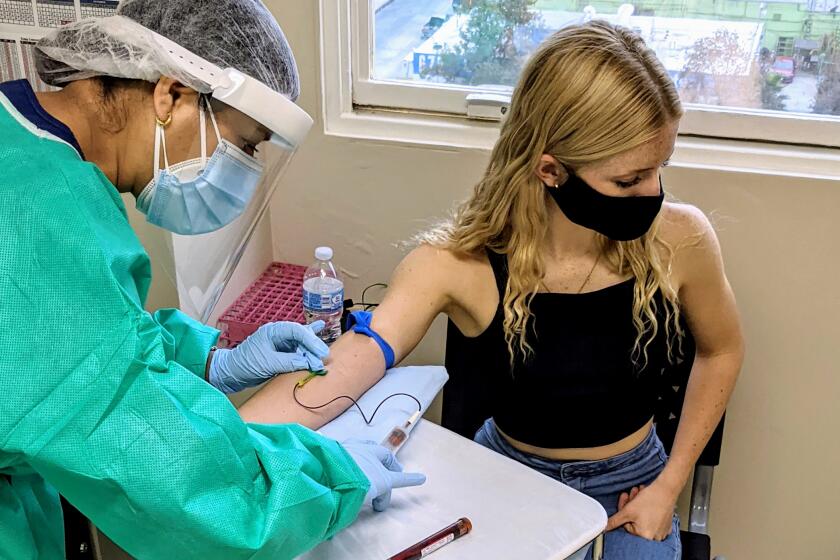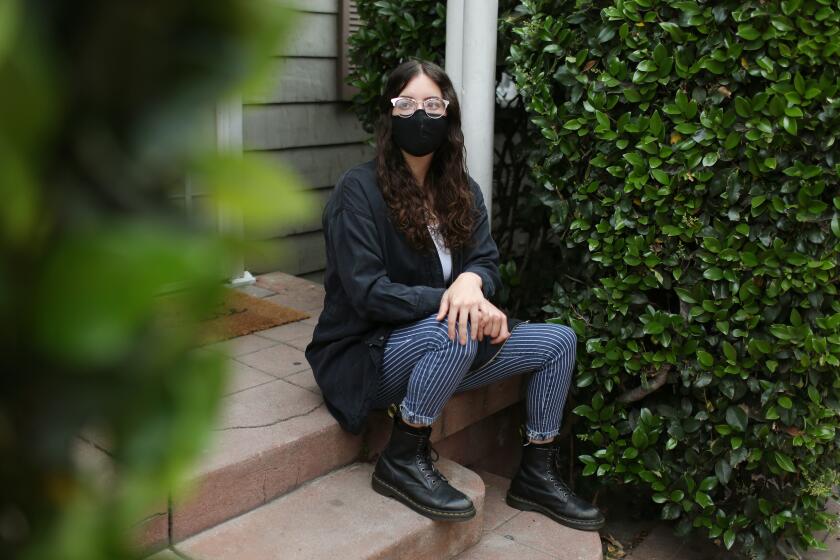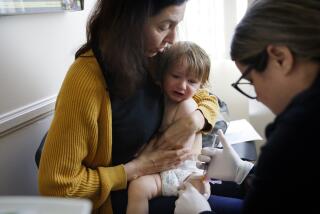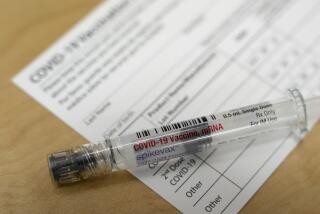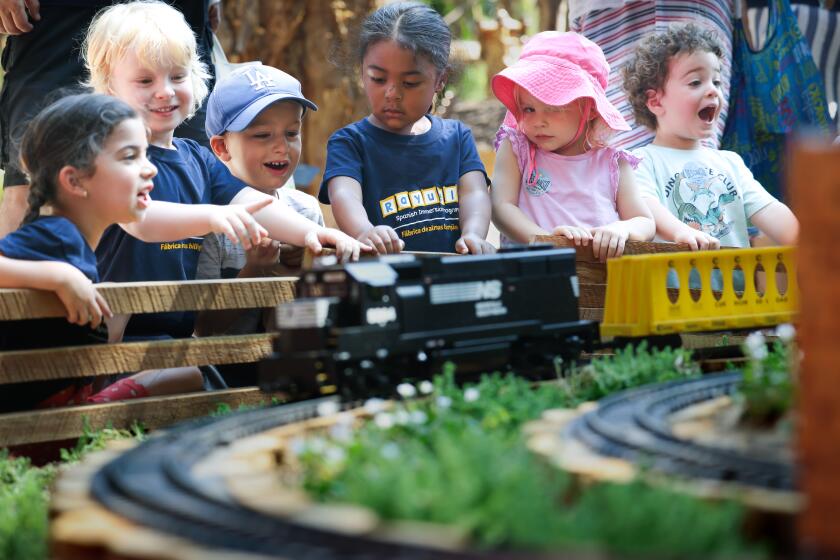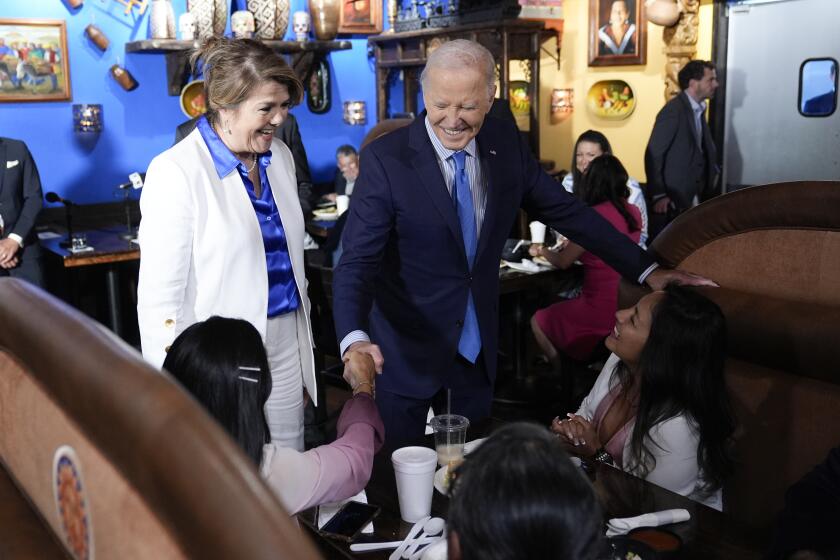I’m vaccinated and my kids aren’t: What’s safe for us to do as a family?
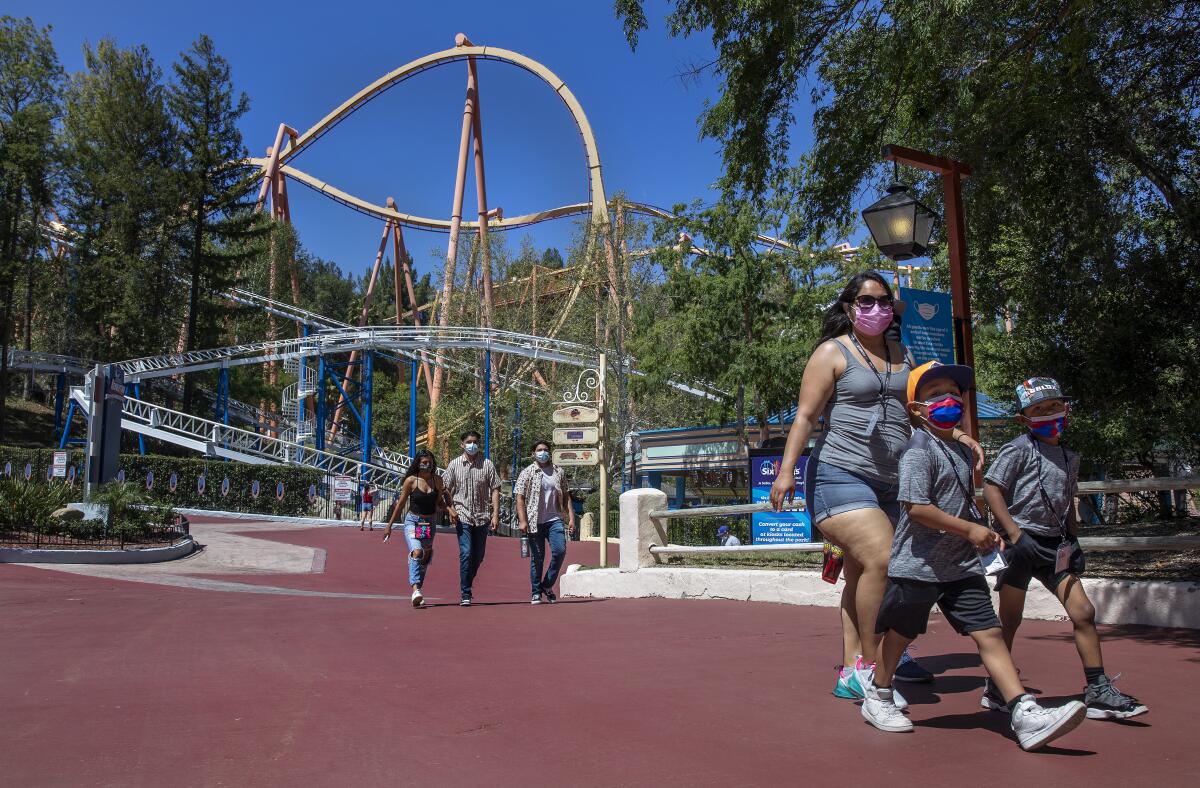
Now that COVID-19 shots are available to everyone 16 and up, it’s just a matter of time before you’re fully vaccinated (if you’re not already). That means you’ll able to move through the world with much more freedom than you’ve had for the past year.
Amazing news!
But if you are vaccinated and your kids are not, the extent of that freedom may feel uncertain.
Will this long-awaited immunity allow you to return to something that resembles your pre-pandemic life? Or do you have to wait until your kids are vaccinated as well?
Unfortunately, it’s not clear how long that wait could be. Experts predict kids 12 and over will likely be eligible for a shot in the next few months, but the timeline for younger children is fuzzier and might stretch into early 2022.
But that doesn’t necessarily mean the cautious parent is condemned to another summer of isolation.
“I think this summer is going to be very different,” said Tara Kirk-Sell, a senior scholar at the Johns Hopkins Center for Health Security at the Johns Hopkins Bloomberg School of Public Health.
If case rates continue to fall and vaccinations keep ramping up, the risk of infection will drop precipitously for all Americans — including the ones who are too young to get the shots.
“If not that many people are running around sick, that changes the way we respond, and the activities we can do,” Kirk-Sell said.
As more Americans line up for COVID-19 vaccines, children have been excluded. But that is expected to change by the fall, Dr. Anthony Fauci says.
In addition, data have shown repeatedly that COVID-19 does not pose the same risk to kids as it does to adults.
For instance, the rate of infection for 5- to 17-year-olds is only half what it is for adults ages 30 to 49 according to the Centers for Disease Control and Prevention. And among kids, the incidence of COVID-19 in elementary school age-children is only half what it is in adolescents.
There’s an even bigger gap between the rates of hospitalization and death among children and adults.
The CDC found that the hospitalization rate for 5- to 17-year-olds is only one-tenth as high as it is for people in their 30s, and their COVID-19 mortality rate is 45 times lower.
“For most children who are healthy and don’t have other co-morbidities, the risk of coronavirus is pretty low,” said Dr. Annabelle De St. Maurice, who heads up pediatric infection control for UCLA Health.
Nothing is ever entirely risk-free, and ultimately parents will have to decide for themselves what feels safe to do when some family members are vaccinated and others not.
We seem to be on the cusp of returning to normal life, but for many people, transitioning back to Before Times is proving to be a lot more fraught than we expected.
“It’s not black and white,” said De St. Maurice.“A lot of this depends on your own risk tolerance, your family’s general health status, and your values. It runs on a spectrum.”
For parents who can’t tolerate the idea of their kid getting sick, sticking with the precautions that have kept the family safe for the last year may be the most comfortable. That means staying home as much as possible, not mixing with others outside the household, and wearing a mask when you do go out.
For others who are ready to start stepping out into the world as a family, experts say it can be done safely as long as a few basic protocols are in place.
“Keep it outside, wear masks and don’t play with kids who are sick,” Kirk-Sell said.
Here’s more advice on how to think through the risks involved in various family-friendly activities.
Going to a museum
Both Kirk-Sell and De St. Maurice agree that museums are generally fairly low-risk environments.
“Most museums are really good about following physical distancing protocols, enforcing mask-wearing and operating at reduced capacity,” De St. Maurice said. “You can also call ahead to see what they are doing to keep people safe.”
Kirk-Sell said that taking the family to an indoor museum seems reasonable, especially if the case rate in the community is low — like it is in California — and it’s easy to keep distanced from others.

Playing sports
Outdoor sports like soccer, baseball and softball are fairly low-risk, and that’s even more true if the kids are wearing masks, Kirk-Sell said.
However, the off-the-field activities that often go along with those sports — like carpooling or stopping for pizza after the game — are more dicey.
“On the field is fine,” she said. “But you do need to be careful about those other things.”
De St. Maurice noted that outdoor sports will be inherently safer than indoor sports. She also suggested that all players be screened before getting on the field. That includes having their temperature checked and being asked about possible recent exposure to anyone with COVID-19.
Getting together with friends
When it comes to play dates and get-togethers with other families, Kirk-Sell said it’s still best to try to keep kids outside and masked as much as possible.
“You never know when they are going to put all their heads together to look at a bug or something,” she said.
She recommends skipping indoor play dates for now even if all the parents are vaccinated.
Family vacation at a resort or hotel
The experts agree that a resort seems like a fairly safe place — especially if you plan to spend a lot of your time outdoors and masks are required when indoors.
“Hotels are generally well-controlled situations where people are asked to wear masks,” Kirk-Sell said.
To make it even safer, she suggests having meals outside or using room service, keeping your distance from others at a shared pool and checking local case rates before you go.

Getting on an airplane
This can get tricky, De St. Maurice said.
The highest exposure risk you’re likely to face is if your plane is full and stuck on the tarmac, where the air exchange is not as good as when you’re in flight.
Getting to and from the airport using crowded public transportation also poses a risk, as does eating inside the airport once you get there.
With so many Americans becoming immunized, it’s natural to look ahead and wonder how long this protection will last. The answer: No one knows.
You can mitigate these risks by scheduling your travel for a less popular time, booking a whole row of seats for your family if you are able, and keeping unvaccinated little ones masked as much as possible. (That last one can be challenging with small children, who may need lots of snacks and drinks while traveling).
But for some people who haven’t seen grandparents, relatives or close friends in more than a year, De St. Maurice acknowledged that getting on a plane may be worth the risk.
“Now that rates are lower, that definitely reduces the general risk as well,” she said.
Eating at a restaurant
Eating outdoors is better than eating indoors, and if unvaccinated kids are in the mix, Kirk-Sell suggests sticking to a table outside.
“Eating indoors with my kids is more hassle than it’s worth anyway,” she said. “They are always escaping the table and getting in the faces of other diners.”
De St. Maurice agreed that outdoor restaurants are pretty low-risk.
“There’s good ventilation as long as they are truly open-air and not in an enclosed tent,” she said.
If you are determined to dine indoors, she suggests calling ahead to find out how physically distanced the tables are and if windows and doors will remain open. If you are not comfortable with their protocols, go somewhere else.

Summer camp
Day camps that are mostly outdoors and require kids to wear masks seem like a pretty safe bet, Kirk-Sell said.
There were some coronavirus outbreaks at camps last summer, but those mostly occurred when kids spent time together indoors, singing or shouting without wearing masks.
De St. Maurice said that some sleep-away camps are considering quarantining or testing campers before they arrive.
“There are ways to do sleep-away camp successfully without outbreaks,” she said.
Extended family gatherings
Your best bet is to keep these outdoors for now.
“There is no way to control the vaccination status of everyone there,” Kirk-Sell said. “Some people may be unvaccinated. That’s everyone’s choice, and it’s hard to exclude family because of that.”
De St. Maurice said that families should also implement a rule that if someone does have to go inside, they put on a mask.
